Why George BENSON?
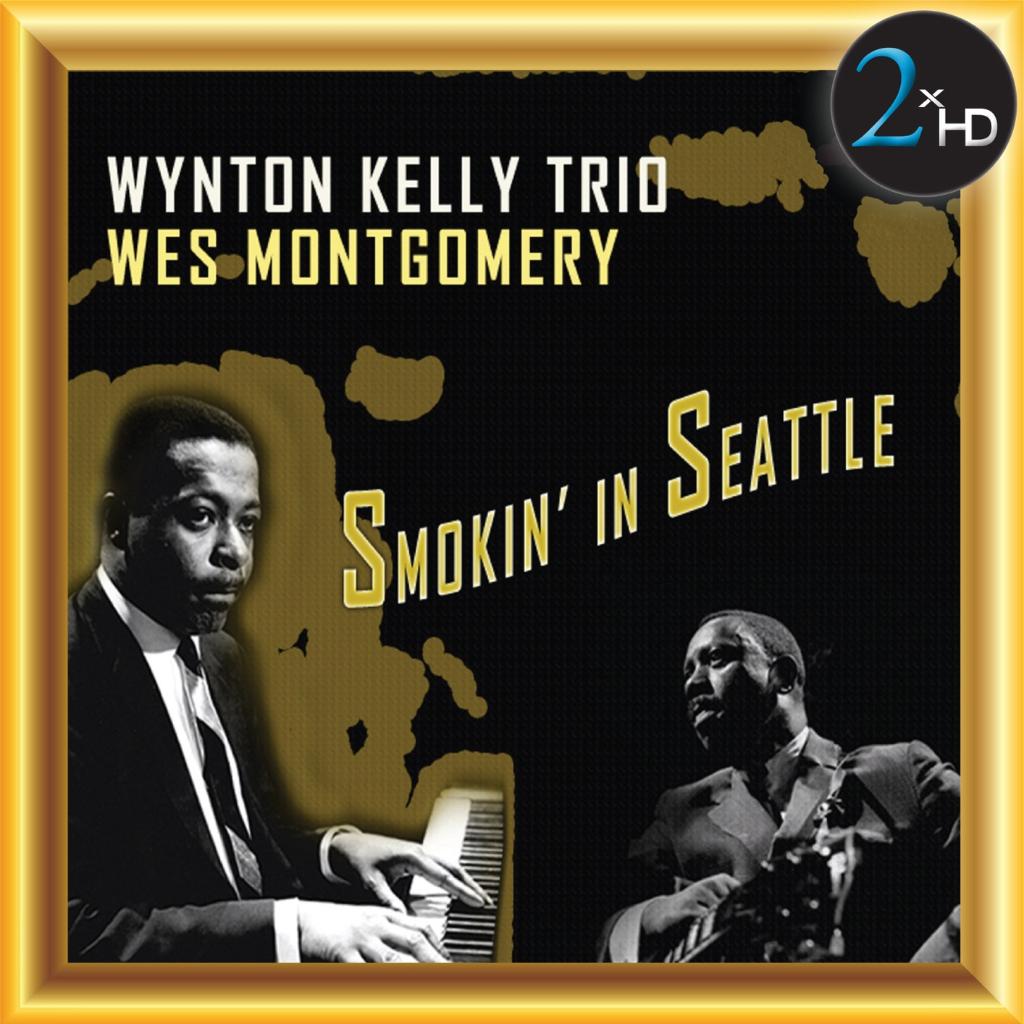
In 1972 I was taking jazz guitar lessons from Al Turay in Seattle and in his office, I noticed he had a picture of Wes Montgomery. At twenty-two I was already hip to Wes, as I had discovered him a while back and had already listened to a couple of his records several times.
I saw there was a handwritten note on the photo on the wall that was signed “Good luck Al … Wes Montgomery”. Well, I found out later Al had a lot of musical friends, which included: Herb Ellis, Buddy Fite, Barney Kessel, Bruce Lofgren, Henry Mancini, Joe Pass and including Wes Montgomery.
One day I had a lesson with Al and he asked me if I’d checked out George Benson? I told him, I didn’t know about him. He told he was a mighty fine guitar player and that I should check him out.
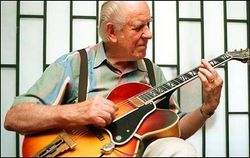
It just so happened that George Benson was playing down at the Gallery Tavern in Seattle, and Earl Klugh was playing with him with a bass player and drummer. At that time there was no cover charge, I could buy a pitcher of beer for a buck and a half, and I’d sit there for three hours. He’d play for an hour, take a break, and then play again. I went there every night for the two weeks, he was in town playing.
After I went and saw George Benson, I read an article in the newspaper that said he was the most important jazz guitar player since Wes Montgomery who was known for an unusual technique of plucking the strings with the side of his thumb and his extensive use of octaves, and his chord melody and chord soloing playing which gave him a distinctive sound.
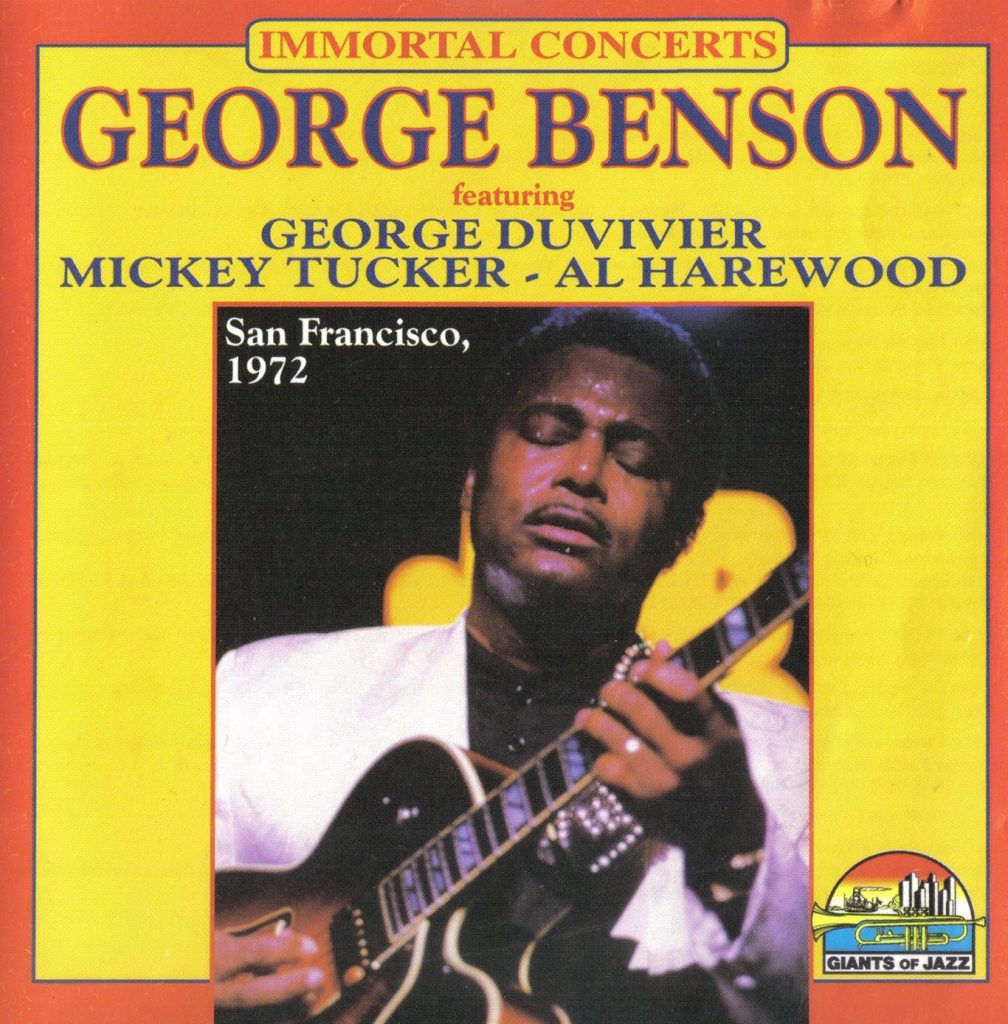
I liked to sit right in front of George Benson so I could watch closely while he played. He wasn’t too loud, it was nice, he was melodic all over the place. I watched his hands and really enjoyed how he played and Earl Klugh would play along on a nylon string guitar. Some nights my music buddies that I played with in the band would join me at the Gallery Tavern too. At that time we were playing rock and roll and were trying to study a higher art form of music.
When George Benson would be in town playing at the Gallery Tavern in Seattle, he’d also hold seminars in the afternoon for five dollars. I sat in the room with George and twentyfive other guitar players, all from Seattle. I listened as others would ask questions. He told us he was self-taught and listened by ear to play a tune. He said when he played in Detroit, he spent two years playing the same forty songs every night. That is how he found new ways to do the same thing and that’s how he learned his fret board.
I personally think that’s a really important thing, because sometime on the guitar you can’t execute a passage unless you use the right fingering, right string and the right position. It’ safe to say there’s most often another way to do the same thing on the guitar.
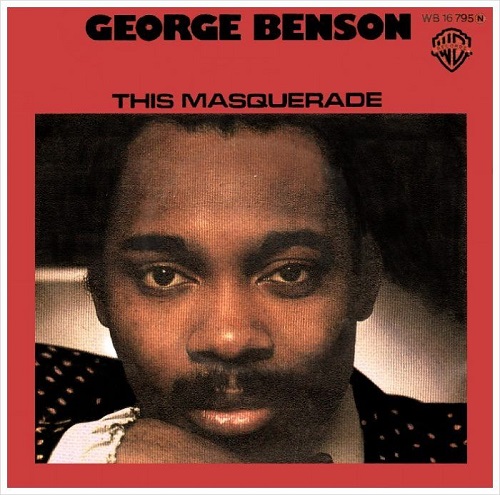
Once when I was watching George at the Gallery Tavern and older fella grabbed George’s Gibson guitar which he played through a fender twin, and this guy was messing the guitar. I thought to myself oh man what a lot of nerve, and then George came back, and I though well George is going to get upset but he said, “hey man” as he tapped him on the shoulder “hey man I gotta play now, let me have my guitar back”. And the old man handed it to him and there wasn’t any animosity or hey man don’t touch my stuff, there was none of that. It was a real human experience George was a really nice guy.
George has always be a singer. I’ve read that his mother sang to him and so he grew up with different repertoire of songs and by the time George was four years old and ready to go to school they discovered he could sing and he would then have to perform at every event held at school. At the age of seven his stepfather taught him the ukulele and at nine he started to teach himself guitar. I think him singing “This Masquerade” written by Leon Russell, which turned was record of the year in 1977, was a key factor in moving George’s vocal career.
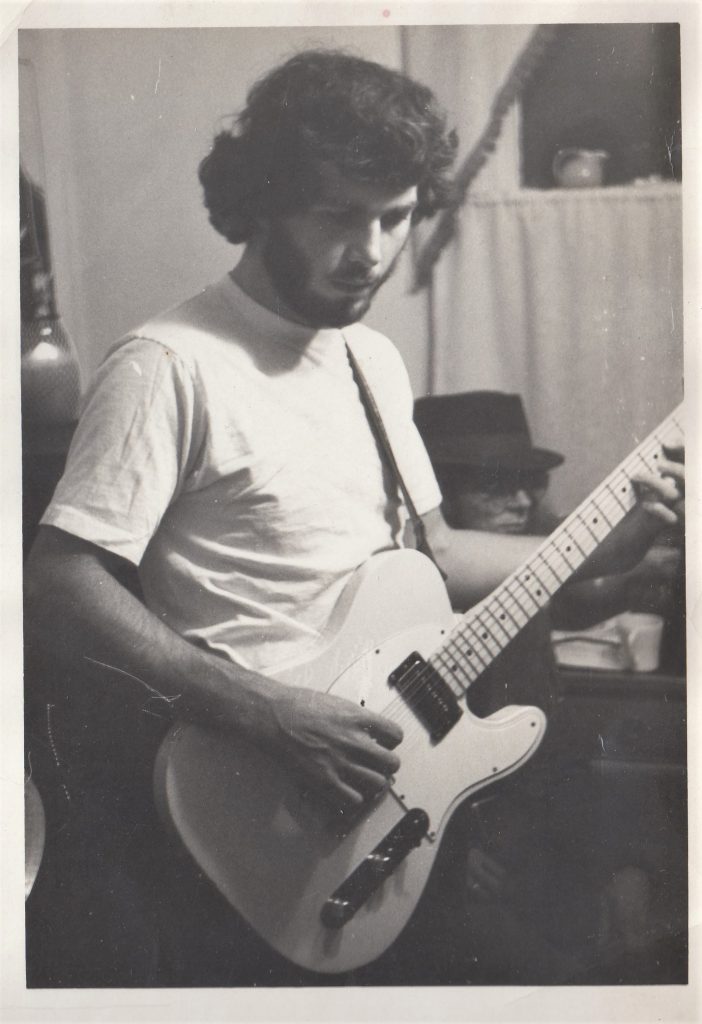
I was intrigued by George. I wanted to be able to play through chord changes, add melody support by chord changes. At that time, I was studying jazz standards. George would take wide intervals, octave and a third. He would take a pattern, then a scale that fits over that that chord, move it. The thing is there are only 4 chords if you think of it, there’s a major chord, a minor chord, an augmented chord, and a diminished chord. So, all those patterns you’d eventually figure out a chord the same way the gypsies figured it out. You don’t have to do any note reading but you do have to simulate sound to shape. For example he would take a 251 chord progression which is the harmonic foundation for most jazz standards like a major key to minor key, d minor 7 to g7 back to c, and he’d play his licks arpeggios. I’d say there is an infinite way to go about this, but he gives you basic ideas about the shapes.
Some of my favorite tunes I like to play that George has done are, Don’t Misunderstand Me, This Masquerade, Top of the World, First Light, and Affirmation. Would like to hear from others what your favorites are to play or listen too.